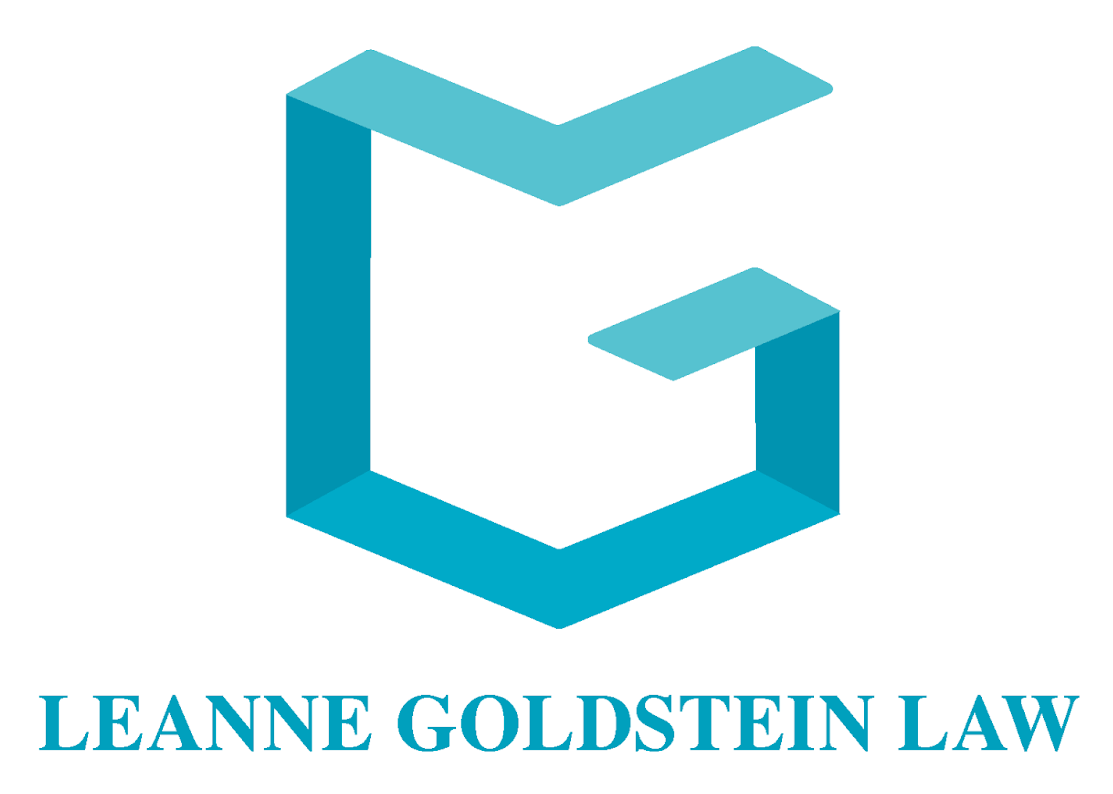The workplace should be an arena where individuals, regardless of their abilities, can showcase their skills, grow professionally, and contribute to society. However, for many with disabilities, employment can present unique challenges, from accessibility issues to misunderstandings about their capabilities. This article delves into how disability intersects with employment rights, aiming to shed light on the complexities faced and the path forward.
- The Legal Landscape: Disability Rights in the Workplace
In many jurisdictions, including Canada, laws mandate equal employment opportunities for all, explicitly prohibiting discrimination based on disability. These regulations ensure:
- Reasonable accommodations for employees with disabilities
- Equal opportunity in hiring, promotions, and job assignments
- Protection against harassment due to a disability
- Common Challenges Faced by Individuals with Disabilities
- a) Accessibility Issues: Many workplaces are not adequately equipped for employees with physical disabilities, lacking ramps, accessible restrooms, or adaptive technology.
- b) Misconceptions and Stereotypes: Some employers may have preconceived notions about what people with disabilities can or cannot do, leading to biases in hiring and task assignments not to mention pay inequities.
- c) Inadequate Support Systems: While the law may mandate certain accommodations, the actual implementation often falls short, making it challenging for disabled employees to perform optimally.
- The Psychological Aspect: Mental Health and Employment
Mental health disabilities, often invisible, can be as debilitating as physical ones. Employers and colleagues may not recognize or understand these challenges, leading to:
- Inadequate mental health support at work
- Misunderstandings about the need for mental health days or accommodations
- Stigmatization and inadvertent isolation
- Advocacy and Awareness: The Path Forward
- a) Employee-Employer Dialogue: Open communication is crucial. Employees should feel comfortable discussing their needs, and employers should be receptive, seeking ways to facilitate a supportive work environment. Employers should understand that employees have privacy rights and accommodation needs and navigating both appropriately is critical.
- b) Continued Education: Workshops and seminars can help dispel myths surrounding disabilities, fostering a more inclusive and understanding workplace culture. Understanding when to identify accommodation needs and when to offer disability benefit support is essential.
- c) Leveraging Technology: Many modern tools and software can assist individuals with disabilities, from speech-to-text applications to specialized keyboards. Investing in such technology can make a significant difference in an employee’s work life. If the cost to an employer is not onerous, providing these adaptive devices can ensure equal participation in the workforce.
- Real-life Case Studies: Lessons Learned
- a) Jane’s Story: As a talented graphic designer with a hearing impairment, Jane struggled in team meetings. Once her employer introduced real-time captioning services, she could actively participate, demonstrating her value to the team.
- b) Aman’s Journey: Living with chronic depression, Aman often felt misunderstood at work. After a collaborative dialogue with HR, they introduced flexible hours and work-from-home options, dramatically improving his work experience.
- c) Peter’s struggles: Peter’s employer attempted to accommodate Peter’s needs but it became apparent that Peter was unable to perform his job even with accommodations and the employer facilitated an application for disability benefits. This enabled Peter to have access to income support while undergoing medical treatment for his disabling conditions.
- The Interplay of Human Rights and Workplace Dynamics
While legislation provides a foundation, genuine change occurs at the ground level. Employers must recognize the benefits of a diverse workforce, understanding that accommodations aren’t merely legal obligations but investments in human potential. Employers must also be aware that at times facilitating the employee’s access to disability benefits might be an appropriate avenue and support the employee through this process.
- Conclusion: A Call for Collective Responsibility
Disability-related employment issues remind us of our collective duty to foster inclusive environments where everyone can thrive. As society progresses, it’s imperative to challenge outdated notions, championing workplaces where all individuals, regardless of their disabilities, are valued and supported and individual needs are respected and accounted for.
